A corporate breakup appears off the table, for now, but layoffs could start within weeks.

|
Scooped by
Richard Platt
onto Internet of Things - Company and Research Focus May 17, 4:00 PM
|





 Your new post is loading...
Your new post is loading...
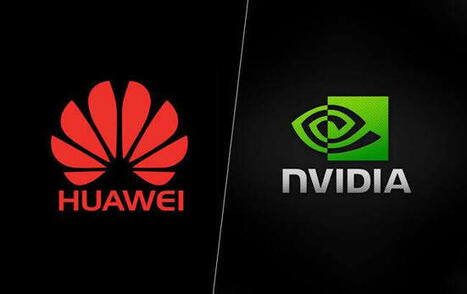


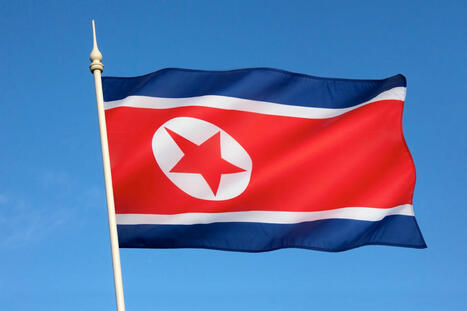


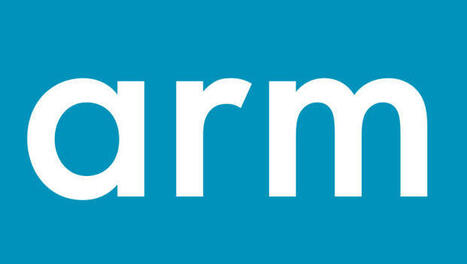







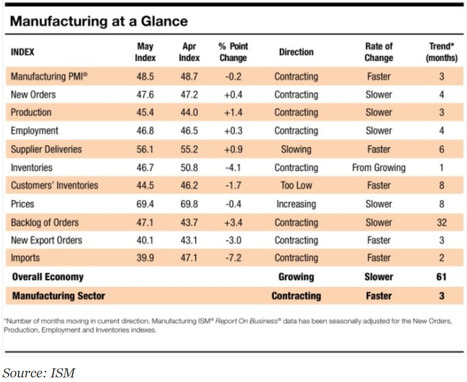
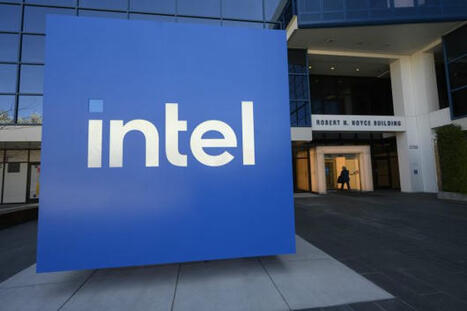

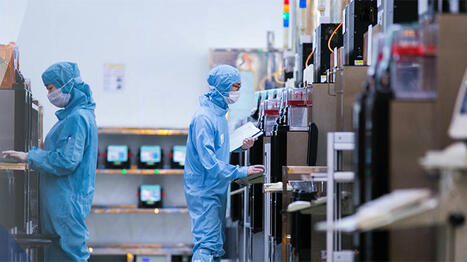


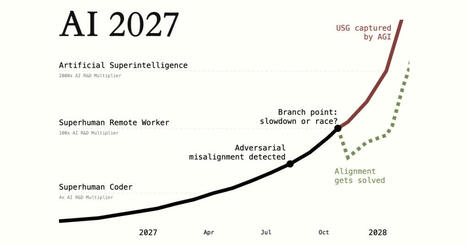








Intel's Private Equity CEO Lip-Bu Tan is shaking up the company’s organizational structure and cutting costs but isn’t remaking its strategy. “I think it’s a fair assessment that Lip-Bu isn’t thinking about massive changes,” CFO David Zinsner told a J.P. Morgan conference in Boston. Intel spent months in limbo after its board forced out ex-CEO Pat Gelsinger in early December. Company executives openly discussed the possibility of breaking up the business, separating its chip design business from Intel’s manufacturing arm. Once the world’s largest chipmaker, Intel is trying to recover from an extended decline in sales and a $19 billion loss in 2024. A plan pushed by Gelsinger, and only later embraced by Tan, aims to open Intel’s factories to make chips for other companies. Since Intel hired Tan in March, he's emphasized taking steps to improve Intel’s decision-making and has said nothing about splitting the business. Instead, Tan has said he plans to reduce the layers of management and implement “several months” of job cuts to cut costs and flatten the organization. “When he looks at the business, what he feels is the biggest issue at this point is a lack of execution”. Intel hasn’t said how many jobs it will cut altogether. But telling factory workers last week that it is making layoff decisions this month and will notify staff by the middle of June. Tan said, “We must balance our reductions with the need to retain and recruit key talent. Removing layers of management will give engineers more voice in product design, and a closer connection with Intel customers. He also said fewer layers of management will provide Tan a clearer view of how the company is operating. “What he wants is the lowest level of the organization to be closer to him,” Intel has been slow to attract customers to its contract manufacturing business, (Intel Foundry). Intel doesn’t have significant commitments from potential clients yet for its new 18A manufacturing node. Intel still expects its factory business will break even in 2027, Zinsner saying it's “a little bit embarrassing” that Intel hasn’t been delivering better products to customers. Intel cut 15,000 jobs in 2024, and employees say privately that morale is low this spring with the prospect of additional layoffs to come. Some employees are also unhappy with Tan’s decision to order workers back to the office 4 days a week. Zinsner blamed remote work for some of the company’s issues. “We did have a number of the team that was not working on site full time,” “I think to some degree that has inhibited us and impacted our ability to execute on road maps and process.” Intel is now walking a narrow path, cutting costs, jobs and employee perks while trying to retain and recruit top technologists to improve its products. Zinsner said Tan is “a magnet for talent” stating it will become apparent soon that Intel is again a destination for top-level professionals in the semiconductor industry.
“We have lost talent at the company, and we do need to rebuild that.”